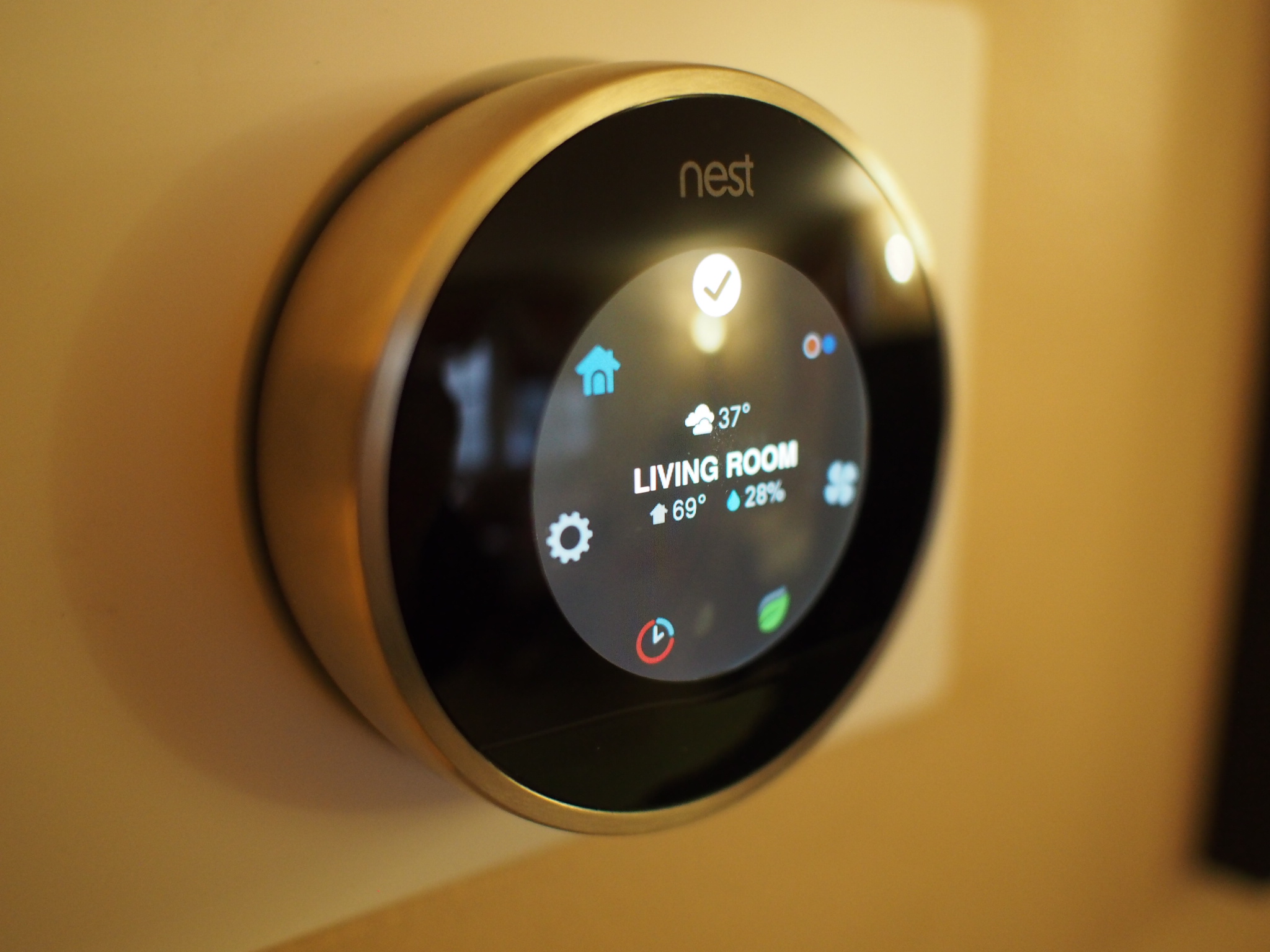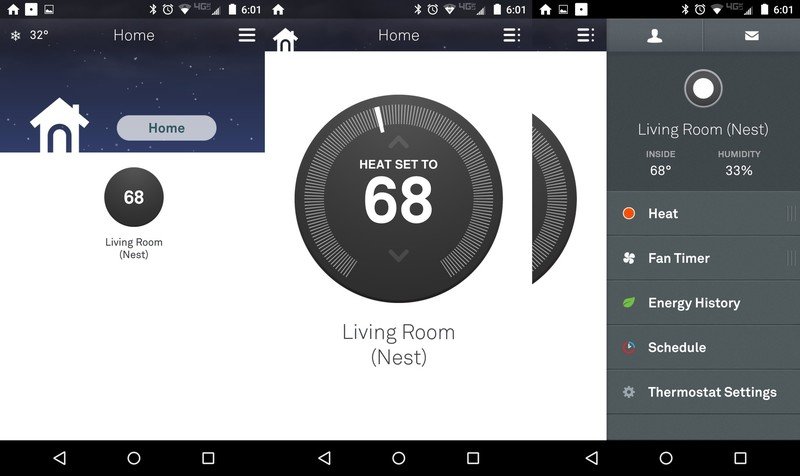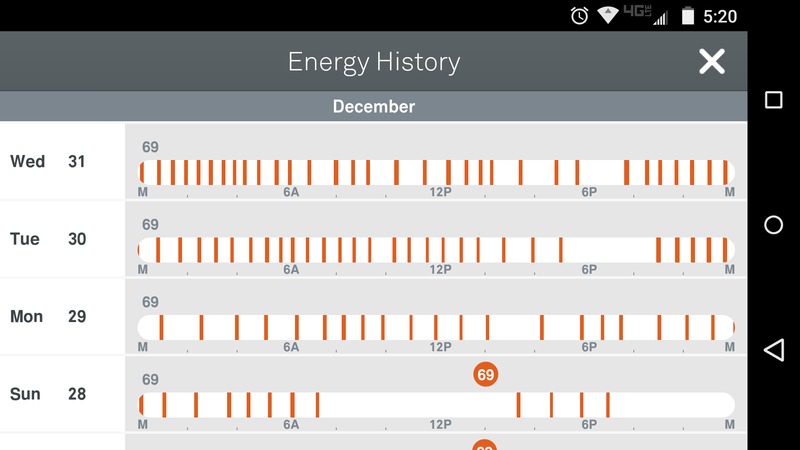What is a Nest Thermostat, and why would you want it?

Welcome to the first mainstream connected home appliance everyone should want to own
Much in the same way that smartphones have come to enhance the way we communicate, the world of connected home tech is all about enhancing the way your living space communicates. There are a couple of really great examples of this technology (and heaps of truly terrible examples to match) but one of the best right now is the Nest Thermostat. Nest Labs was created to build products that change how we use regular household tech, with an immediate focus on efficiency, safety, and ease of use. The biggest reason to consider one for yourself, aside from how nice it looks on the wall, is all of the tech baked into this tiny casing that dramatically changes how you use your thermostat.

On the surface, Nest Thermostat is a connected thermostat with an Android app that lets you remotely control the temperature. Connected thermostats are nothing new, but Nest worked especially hard to make the user experience simple (and even enjoyable) for everyone. The dial-style thermostat is familiar, even though the color screen and animated UI are completely new experiences.
Through this new interface you have several options for keeping your house warm or cool, including a temperature range for both if you live in a place where the Spring and Fall have regular 50-degree jumps in temperature over a 12-hour period and you need both heating and air conditioning (looking at you, Maryland). The regular temperature settings include your basic dial and big numbers to set a desired temperature when you're home, but also a minimum or maximum temperature for when you're away. To make things easy, Nest includes a little green leaf that pops up on the display when you're entering a temperature range that will most likely save you money.
Nest software claims to learn from you as you use the tech, which basically means it remembers your input and will eventually start making changes for you. This is especially cool because the thermostat uses contextual clues to make these decisions that you may not even be aware of. If you occasionally crank the thermostat up a few degrees because it's colder outside — and the Thermostat uses your ZIP code to glean whether it's sunny or cloudy, hot or cold, raining or snowing — Nest will eventually make those adjustments. Of course, if you're already aware of these habits you can schedule a lot of these behaviors into the Nest without needing to wait for it to learn. If you're big into shiny new gadgets, Nest will learn some of your behaviors by sharing information. We'll be talking more about the "Works with Nest" list in another post. Long-term, having a Nest in your home is supposed to mean you are both saving money by reducing energy usage and effectively make your thermostat something that already knows what you want and acts on your behalf.

Where Nest Thermostat really gets useful is the ability to see how your heating and/or cooling systems are being used. The Nest app breaks down individual days of use to show what your hardware has been up to, which allows you to further tweak how much energy you are using. If, for example, you see that the heater is firing every 45 minutes while you sleep there's a good chance you'd be interested in adjusting your settings. This daily breakdown includes the Nest leaf to show you days where your house was particularly energy efficient, and lets you know if those energy saving days were because of user interference or the temperature outside. Nest also monitors your humidity, and uses that to determine whether or not you just need the fans on to circulate air around instead of turning on the AC. While there are several thermostats that have the smarts needed to do all of this, Nest spells it out clear as day for your viewing pleasure on their app, which in turn lets you make informed decisions about how your house is run.
No matter how clever it may be, especially now that you can control the temperature with your voice if you use Google Now, $250 is a big ask for a thermostat. It's not a huge investment when compared to your smartphone, but there's a good chance you didn't pay anywhere near that for your last thermostat, to say nothing of the costs associated with installation if you're not up to the job yourself. There are some added benefits if you've already started making other parts of your house a little smarter, since Nest has partnered with over a dozen different companies to make each other's products better, but that's a topic for another time. Ultimately with the Nest Thermostat the potential for savings over time, combined with a well designed casing and the promise of a computer controlling the temperature of your house so well that you never have to think about it again, is the real decision being made.
Be an expert in 5 minutes
Get the latest news from Android Central, your trusted companion in the world of Android

